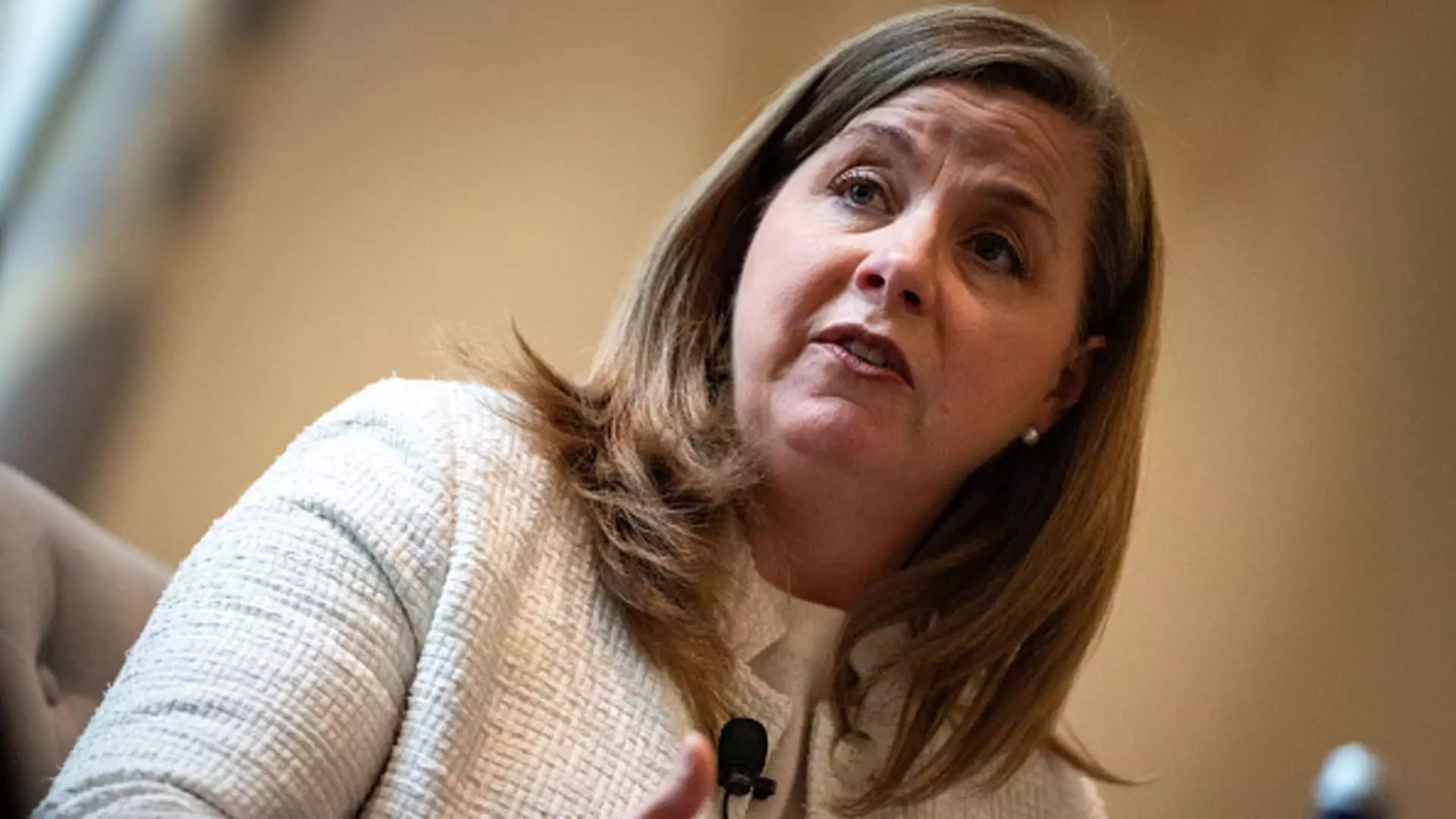In a recent address to bankers in California, Federal Reserve Governor Michelle Bowman conveyed her cautious optimism regarding interest rate policy. While Bowman expressed support for the quarter-point reduction made in December, she firmly stated that further cuts may not be necessary. Her position highlights a balanced approach to managing economic growth while simultaneously monitoring inflation — a pivotal challenge for the Federal Reserve in an ever-evolving economic landscape.
Bowman characterized the December rate cut as a crucial conclusion in what she referred to as the “policy recalibration phase.” This phrase reflects an understanding that financial markets and economies require careful adjustments to mitigate risks without overstimulating growth. Her belief that the recent policy rate is approaching a “neutral” stance underlines the Fed’s aim to avoid conditions that would excessively favor either growth or restraint.
One of Bowman’s primary concerns revolves around inflation, which remains “uncomfortably above” the Federal Reserve’s target of 2%. As detailed in her remarks, the Fed’s preferred inflation measure reported a rate of 2.4% in November, with core inflation — stripping out food and energy prices — even higher at 2.8%. This persistent inflation presents a formidable challenge, as it complicates the Fed’s ability to implement effective monetary policy.
Despite earlier strides made in reducing inflation throughout 2023, Bowman suggested that this progress might have plateaued. The need for vigilance is paramount, as the potential for “upside risks” to inflation could derange the careful balance the Fed is trying to maintain. Moreover, Bowman’s reporting aligns with the overall sentiment expressed by her colleagues during the FOMC’s December meeting, in which similar concerns were voiced. Nonetheless, they collectively retained a longer-term optimism that inflation would gradually converge towards the Fed’s target.
The discourse surrounding inflation and interest rate policy has revealed contrasting perspectives among Federal Reserve officials. While Bowman represents a cautious approach, other members, such as Governor Christopher Waller, maintain a more upbeat viewpoint, suggesting that observed prices indicate a moderation in inflation. This divergence underscores a palpable tension within the Fed regarding the path forward and illustrates the complexity of monetary policy formulation.
Waller’s anticipation of “further reductions” to the policy rate signals a split in strategic thinking. Meanwhile, regional presidents like Susan Collins and Patrick Harker have echoed a belief in the feasibility of rate decreases, albeit at a more tempered pace than previously expected. Aligning these varied perspectives is essential for crafting a cohesive monetary policy that responds effectively to real-time economic dynamics.
Looking ahead, Bowman’s stance as a permanent voting member of the FOMC underscores her influential position in shaping future monetary policy. With her potential nomination for the vice chair of supervision looming, her views will carry added weight as the Fed navigates a complex landscape influenced by external factors, including the policies of the incoming administration.
Bowman has cautioned her colleagues against prejudging President-elect Donald Trump’s economic policies, particularly regarding tariffs and immigration. The uncertainty created by these impending changes can produce significant ramifications for inflation and overall economic stability. Her call for careful deliberation is emblematic of the broader necessity for the Fed to remain adaptable while maintaining its core objectives.
Governor Michelle Bowman’s remarks encapsulate the intricate interplay between growth, inflation, and monetary policy. The Federal Reserve faces a period of uncertainty as it strives to balance cautious adjustments of interest rates with the imperative to manage inflation effectively. As various Fed officials articulate differing views on the future direction of policy, the importance of cohesive communication and strategy cannot be overstated. The path ahead will require vigilance, adaptability, and astute judgment, ensuring that the Fed remains equipped to navigate the complexities of the evolving economic landscape.

